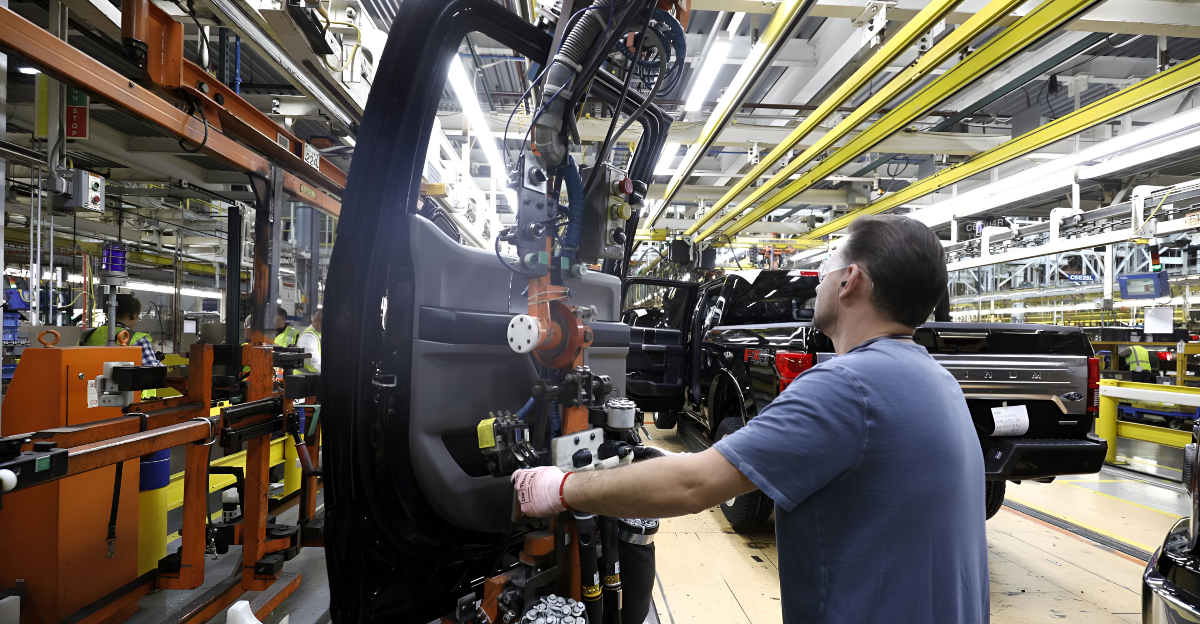
The hum of machinery has faded in Michigan’s aging factories, where once 898,500 workers built the backbone of American industry. Now, only 594,300 remain—a staggering 34% plunge over 26 years, with more than 300,000 jobs erased from payrolls.
Maria Rodriguez, a 15-year veteran at a Detroit automotive supplier, recalls the tense build-up: “We’ve seen this coming for months—first it was rumors, then the WARN notices started piling up,” she said in July 2025.
But the 500 layoffs in Michigan this September are just the beginning—the surge in layoffs here is sounding alarms for manufacturing heartlands nationwide. What is driving this unprecedented industrial collapse? The answers lie ahead.
Manufacturing’s Rapid Decline
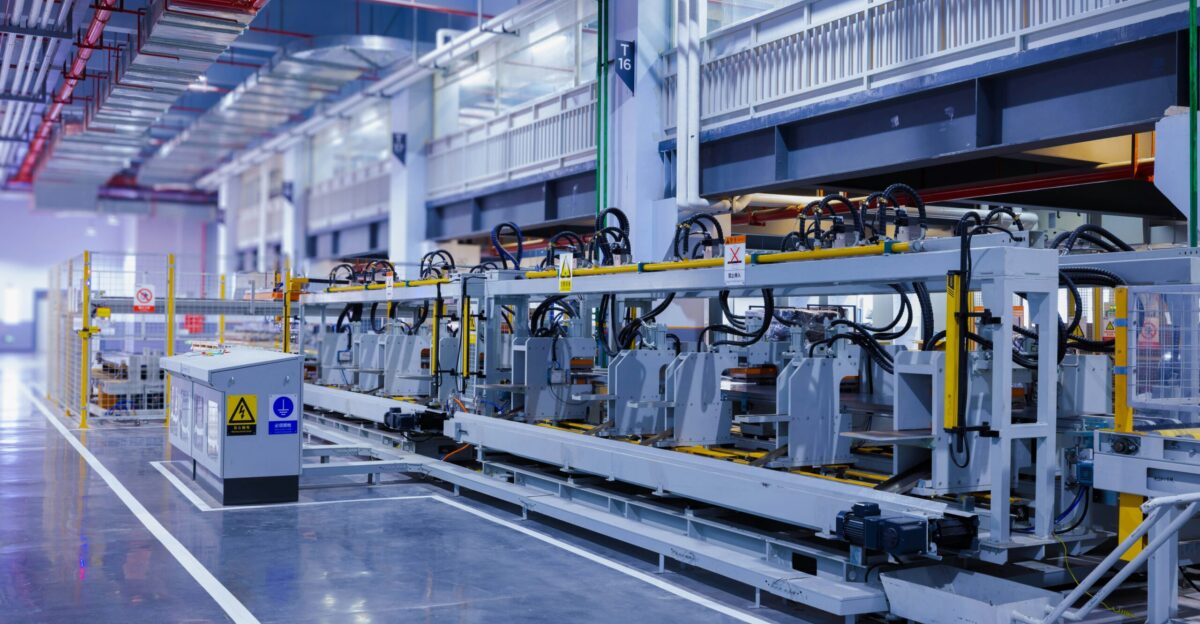
Employment in Michigan’s manufacturing dropped sharply from 595,800 in July to 594,300 by August 2025. This pace of cuts is alarming, suggesting the state’s industrial sector may be entering a prolonged downturn.
State economists warn that these losses are more than temporary setbacks. The speed and scale raise questions about Michigan’s economic resilience.
Pressures Mount on Michigan’s Industry
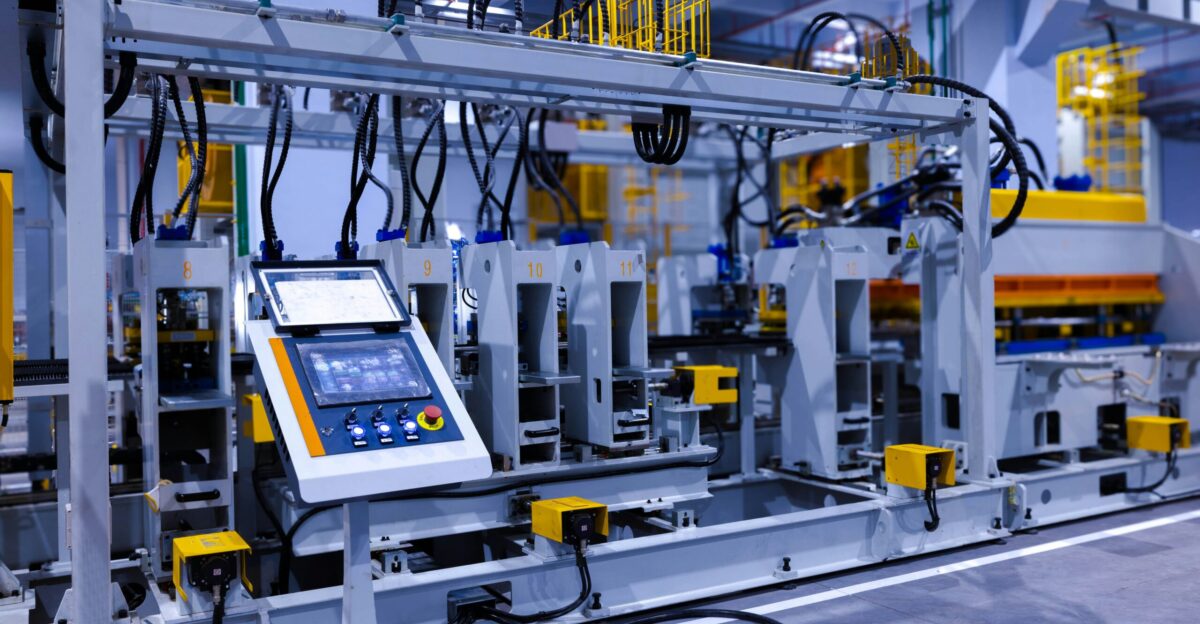
Michigan’s manufacturing Gross Regional Product contracted 0.3% between 2023 and 2024, marking the first dip since 2021. The sector battles headwinds from inflation, rising costs, and shifting global demand.
A state economist noted in September 2025, “Michigan’s manufacturing faces unprecedented challenges that threaten longstanding industrial foundations.”
The Seven Companies Facing Closures

Seven distinct companies spanning energy storage, food processing, distribution, and manufacturing all filed WARN notices in September. This broad sweep highlights how vulnerabilities cut across sectors.
Each company’s situation reveals different pressures shaping American manufacturing’s uncertain future.
#1: Howard Miller

Howard Miller, a Zeeland-based clockmaker with over 100 years of history, announced plans to cease operations by 2026. The company cited tariffs, soaring inflation, and a struggling housing market as key factors behind this difficult decision.
This closure epitomizes the crisis, symbolizing time running out for parts of Michigan’s industrial legacy.
#2: Natron Energy
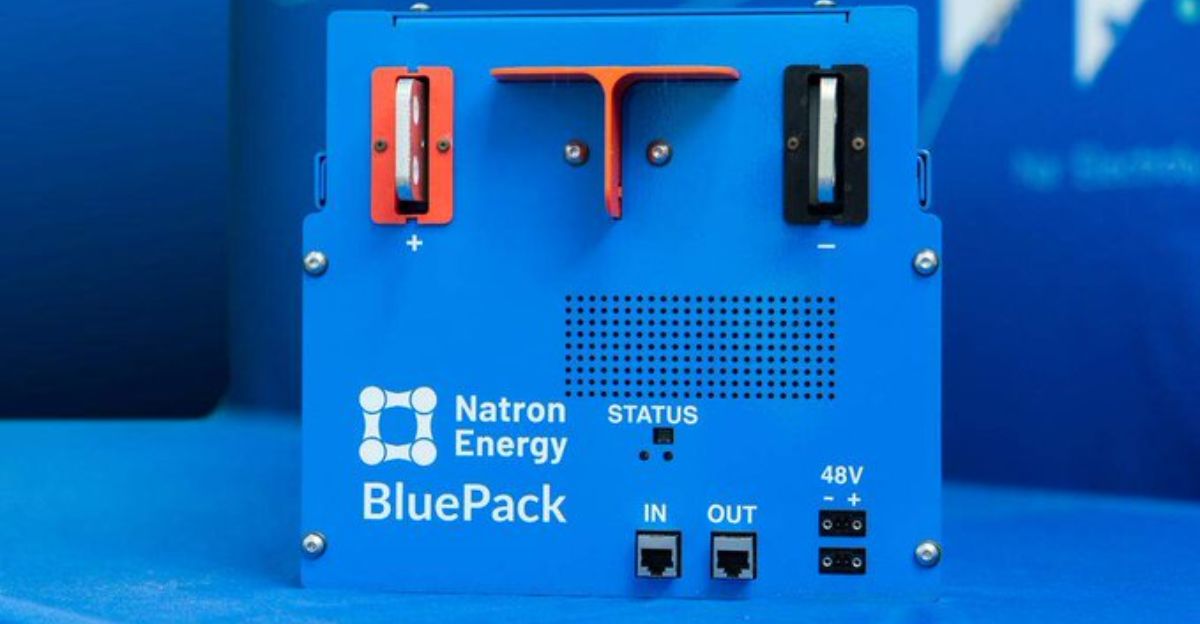
One year after opening Michigan’s first sodium-ion battery plant, Natron Energy ceased all operations September 3, 2025, cutting 37 jobs in Holland and 58 in California, according to the company’s WARN notice. The company’s board determined on August 27, 2025, that fundraising efforts were unsuccessful.
#3: PepsiCo

PepsiCo terminated 83-84 Detroit manufacturing workers effective September 27, 2025, ending production at its Mack Avenue facility after decades of operation, according to company WARN filings. The beverage giant will maintain warehouse and delivery operations but eliminate all manufacturing positions.
#4: SalonCentric

L’Oréal subsidiary SalonCentric shut its 125,000-square-foot Kentwood distribution center September 13, 2025, eliminating 79 positions from forklift operators to managers, according to WARN notices. The beauty supply distributor operates 585 stores nationally including 26 Michigan locations.
Affected employees are grappling with sudden changes as the retail landscape reshapes.
#5: Marshall Excelsior Co.

Marshall Excelsior Company will close three Marshall facilities manufacturing gas valves and safety equipment, with 71 layoffs that began on September 26, 2025, and continuing through March 2026, according to company WARN filings. Ohio-based OPW acquired the company in July 2024 before announcing the shutdown.
#6: Auto Warehousing Co.

Auto Warehousing Company’s New Boston facility permanently closed September 1, 2025, after CSX Transportation selected a new service provider, eliminating 75 Teamsters Local 299 union jobs, according to the company’s WARN filing.
#7: Community Development Institute Head Start

Community Development Institute Head Start laid off 60 St. Clair County employees September 30, 2025, as federal oversight transitioned to a new grant recipient, according to the organization’s WARN notice. Positions lost include teachers, family advocates, and program aides serving vulnerable children in Port Huron, Marine City, and Yale.
Workers Face Immediate Displacement Crisis

Displaced workers across affected cities struggle with Michigan’s 5.2% unemployment rate as of August 2025, significantly above the 4.3% national average. Many lack transferable skills for available positions outside manufacturing.
“The number of unemployed people in Michigan is going up. It has been going up for the past year or so. That’s not unexpected with the news we’ve been hearing with the weakness in manufacturing and retail trade,” confirmed Wayne Rourke, Michigan’s Labor Market Information Director for the Michigan Center for Data and Analytics, in March 2025. “Those are particularly weak industries for Michigan right now.”
Companies Cite Market Pressures
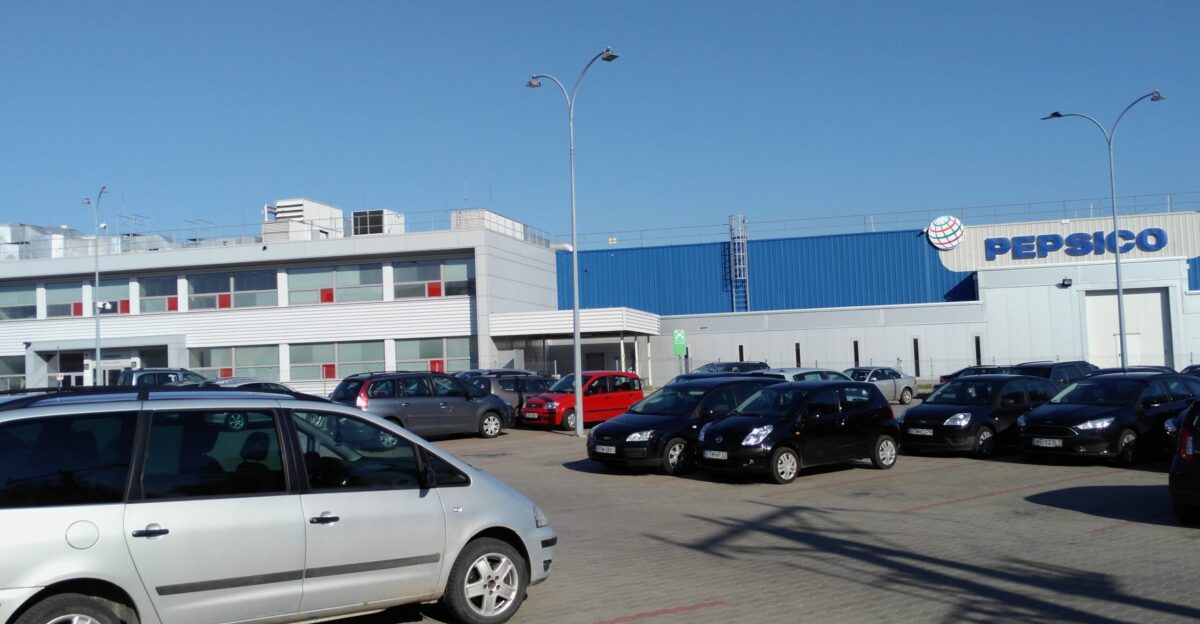
Companies filing WARN notices cite fiscal planning pressures, tariff impacts, and housing market challenges as factors, according to company statements in WARN filings. Multiple employers referenced unsuccessful attempts to secure financing or buyers before closure decisions.
Howard Miller: Tariffs Destroy Century-Old Legacy

Howard Miller’s closure demonstrates how tariffs impact established manufacturers unable to source domestic alternatives for specialized components.
“For nearly a century, we have manufactured clocks, custom cabinets and other furniture designed to enhance the lives of our customers,” CEO Buzz Miller stated in the company’s July 2025 closure announcement.
Manufacturing Job Losses Ripple Across States

Michigan’s recent manufacturing job cut of 500 is not isolated—new data shows that states with interconnected automotive and industrial supply chains may soon face similar mass layoffs.
Experts warn that deepening tariffs, declining industrial production, and economic uncertainty are putting states like Ohio, Illinois, Indiana, and Pennsylvania at high risk, as they share suppliers and markets with Michigan’s manufacturers.
Nationwide, the manufacturing sector has already shed 42,000 jobs since April, with jobless rates rising sharply in several Great Lakes and Midwest states.
UAW Battles Continuing Manufacturing Exodus
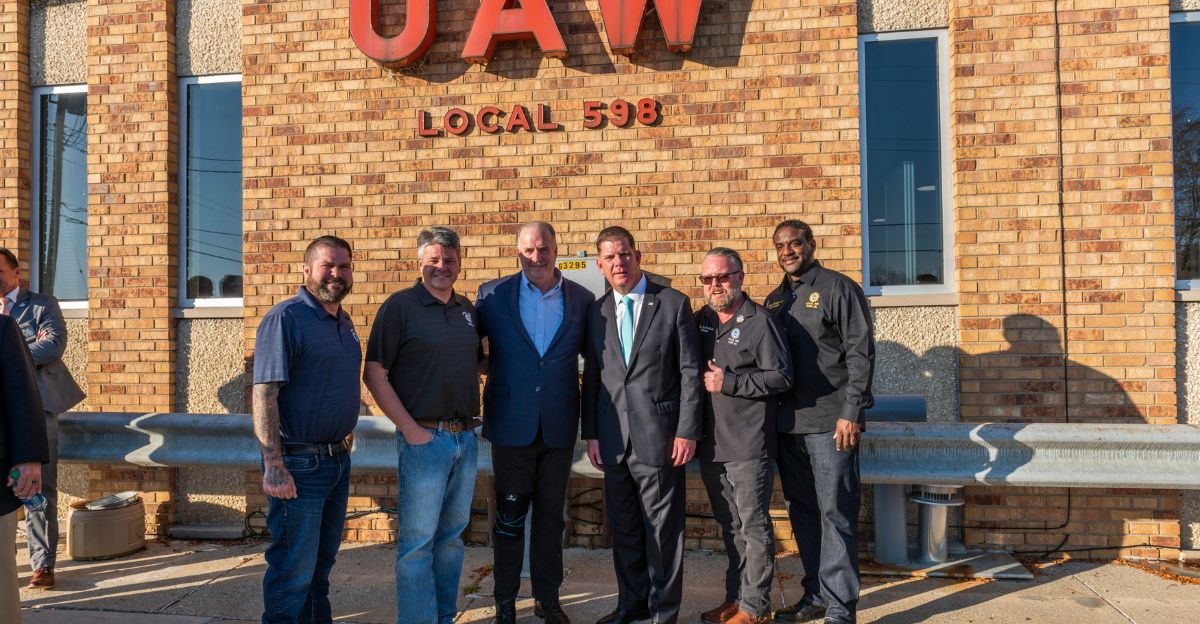
United Auto Workers (UAW) leadership continues to fight for remaining manufacturing jobs as companies face economic pressures and shifting trade policies.
UAW President Shawn Fain has led multiple rallies throughout 2025, including major demonstrations at Cleveland Cliffs’ Dearborn Works facility where over 500 workers were laid off. Kevin Gotinsky, UAW Stellantis Department Director, urged automakers at May 2025 rallies to “invest in us, not in your rich Wall Street shareholders”.
Governor Whitmer Warns of Economic Challenges

Governor Gretchen Whitmer warned of “undeniable signs of an ailing economy” in her September 16, 2025 speech, citing federal tariffs and economic uncertainty as major concerns.
Manufacturing employment has declined by 42,000 jobs nationally since April 2025, with Michigan experiencing disproportionate losses including a 6,300 manufacturing job decline since February.
Michigan’s Economic Transition
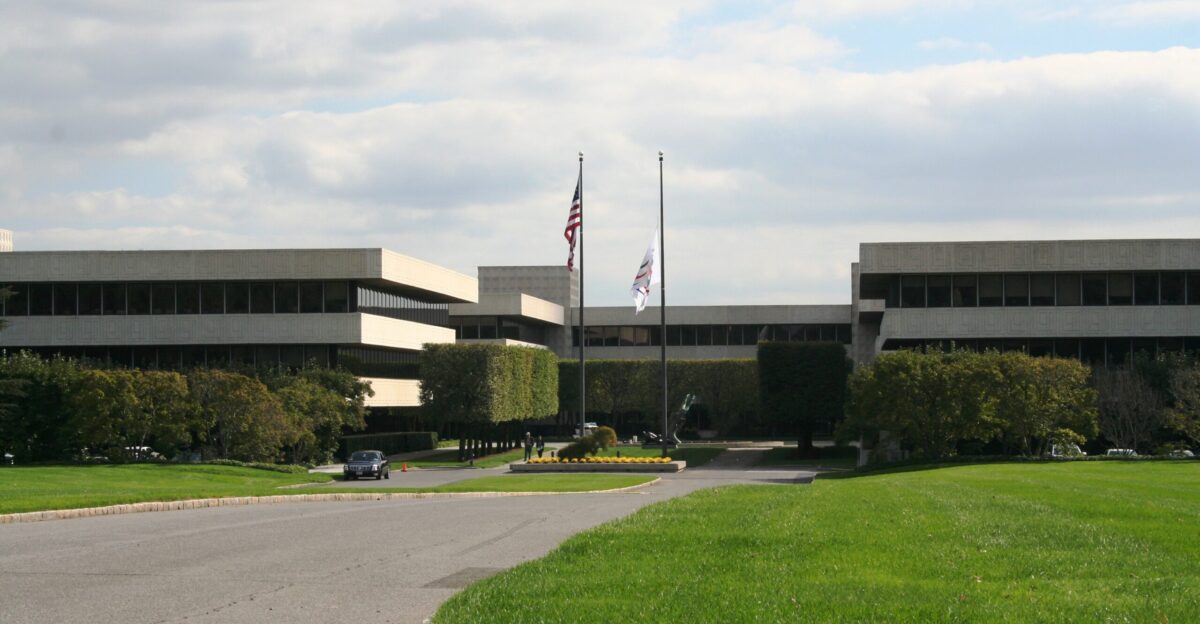
Michigan faces significant economic headwinds in 2025, with manufacturing job losses, rising unemployment, and policy uncertainty creating challenges not seen since the 2008 financial crisis. The state’s unemployment rate has climbed to 5.5%, second-highest in the nation, while manufacturing employment declined by 7,600 jobs this year.
Clean energy projects worth over $14 billion have been cancelled or delayed nationally in 2025, affecting Michigan’s economic diversification efforts. The state must navigate this transition while balancing traditional manufacturing with emerging industries.